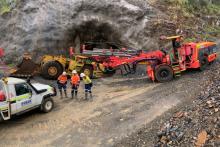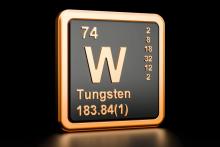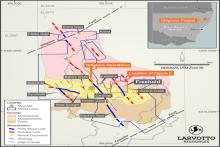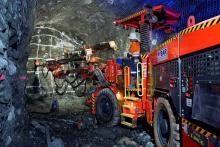Larvotto Resources has struck geophysical gold at its Hillgrove antimony-gold project in New South Wales, with a groundbreaking induced polarisation survey at the undrilled Kiarra Prospect revealing resistivity highs that scream untapped potential. Historically, mineralisation found at the site has shown a strong correlation with resistivity highs, with the geophysical anomalies interpreted as potential lode extensions.

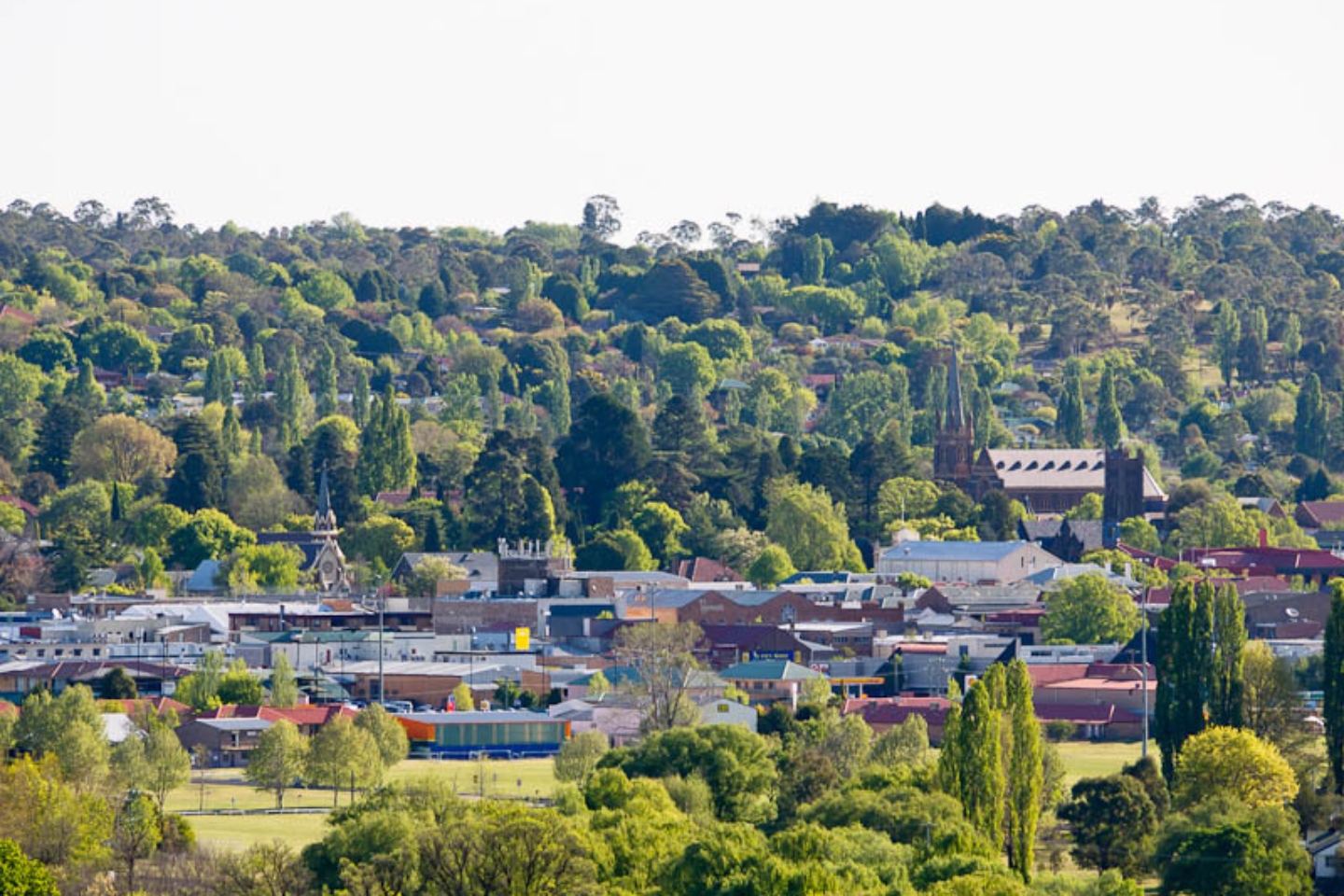
Larvotto Resources has struck geophysical gold at its Hillgrove antimony-gold project in New South Wales, with a groundbreaking induced polarisation (IP) survey at the previously undrilled Kiarra prospect revealing resistivity highs that scream untapped potential.
Historic gold-antimony mineralisation found at the site, 23 kilometres east of Armidale in northern New South Wales, shows a strong correlation with resistivity highs, with the geophysical anomalies interpreted as potential lode extensions.
The gradient-array IP and resistivity survey at Kiarra kicked up a series of potential new targets outside the immediate planned mining area. It identified structural similarities between Kiarra and the Metz mining centre, mirroring the high-grade structures found at Metz.
Metz contains most of the mineral resources at the company’s flagship Hillgrove project and will be the focus of activities when mining begins on Larvotto’s ground.
Kiarra has seen no prior drilling despite historically positive surface workings. The IP data is de-risking planned exploration, setting Larvotto up for the possibility of a bonanza new discovery in a district where antimony once stymied gold extraction but now fuels a push for the critical mineral at a fever pitch.
Larvotto’s exploration team has ratcheted up an expansion program at the site outside of the mine area. It uncovered a potential new target at the Freeload prospect, in addition to a significant new target zone towards Hillgrove’s northern end.
The IP survey aimed to provide fast and cost-effective drill target definition near known mineralisation at Kiarra.
Kiarra is 4.2km north-northeast of the planned mine site area and 1.2km east of its Clarks Gully mineral resource.
Previous success with an IP survey at Clarks Gully provided Larvotto with confidence to attempt a repeat of its success. It engaged Fender Geophysics to complete the geophysical work and appears to have been rewarded for its efforts.
Larvotto Resources managing director Ron Heeks said: “The Kiarra prospect survey highlights further priority step-up drill targets, demonstrating the significant potential of geophysics to target unknown and underexplored mineralisation at Hillgrove.”
Heeks said many historic mining areas at Hillgrove identified gold mineralisation, however, the presence of antimony made gold extraction nearly impossible at the time.
Nestled in the rugged New England Orogen, the Kiarra prospect harbours historic shallow trenches dug by small-scale gold miners who balked at the abundant antimony found.
The gradient-array IP and resistivity survey targeted the old workings and extensions to the northwest, using 20m electrode separations across 1305 locations and covering 64 hectares, to map apparent resistivity, or electrical resistance and chargeability.
Chargeability measures the ability of subsurface, potentially sulphide-rich material to store and release electrical charge when subjected to an external electric field. It can be used to find sulphide-rich target zones beneath, while deeper 40 metre to 60m electrode reads probe continuity, validating IP as a low-cost arrow for Hillgrove's underexplored flanks.
The standout revelation was the pronounced resistivity highs that align precisely with the northernmost historic workings, signalling silica-rich silicification, a hallmark of mineralised lodes at Hillgrove.
The linear features trend west-northwest towards historic percussion drill holes at its Kiarra West prospect and are analogous to what is seen in other parts of the project ground.
The Kiarra West prospect is immediately to the west of the surveyed area. Eight historic percussion drill holes and three previous Larvotto reverse circulation drill holes targeted the western-most mapped lode at Kiarra West.
Significant assay results of 3m grading 4.92 grams per tonne (g/t) gold-equivalent from 15m and 7m going 3.75g/t gold-equivalent from 40m, including 1m at 17.82g/t gold-equivalent from 40m, highlight the considerable shallow mineralisation within the area.
The company expects to release geophysical results from other areas shortly and will up the exploration ante by running further geophysical surveys across its prospective ground, in addition to plans for drill testing of the potential new mineralised zones.
The drill program will be a lot more than speculative poking - it's a data-driven assault on a prospect that's flown under the radar for decades due to low antimony demand, however the time is now ripe for modern validation.
Larvotto recently launched a bold refurbishment of key infrastructure at its Hillgrove processing plant, as it looks to ramp up commissioning of the facility in July next year.
Refurb works officially kicked off with a bang at the antimony-gold project, marking the start of a comprehensive plant upgrade to transform the historic processing facility into a modern production powerhouse.
With a mineral resource of 1.7 million gold equivalent ounces grading at a head-turning 7.4g/t gold-equivalent, the company is in the box seat to leap into production when the refurb has transformed the old plant into a modern showpiece.
An ore reserve of 636,000 gold equivalent ounces running at 6.6g/t gold-equivalent provides the company with peace of mind in the quality of its deposit.
If Kiarra's potential morphs into a new discovery, options abound. Possible satellite feed for its future revamped plant just might provide a powerful boost to Hillgrove’s 15-year mine life and all-in-sustaining costs, pushing the critical mineral project higher up the economic scale.
Is your ASX-listed company doing something interesting? Contact: matt.birney@businessnews.com.au






